You might have noticed from recent posts, I’ve been on a bit of a POTA (Parks On The Air) kick lately.
I’ve been enjoying taking the Xiegu G90 to the field and seeing just how well it performs under intensive use on battery power. So far, it has certainly proven itself to be a capable field rig.
Still, on two recent activations I also brought my trusty Elecraft KX2 along as well. Without a doubt, it’s still my number one field rig. It will be difficult for another field transceiver to displace it.
With that said, the G90 is less than half the price of the KX2 (when the KX2 is configured with the optional ATU). The G90 can also pump out a full 20 watts of power–nearly double that of the KX2. I also love the G90’s spectrum display which makes it so easy to find free frequencies and hunt other parks. Its internal antenna tuner–like the KX2’s–can match almost anything very quickly.
Here are a couple of quick reports from my recent activations:
William H Silver State Game Land (K-6967)
Saturday, my family had planned a trip to visit my father-in-law. My wife encouraged me to find a nearby park to activate as there are so many between our house and his. I made it slightly more challenging by deciding to find a park or POTA entity I’d never visited.
Turns out the William H Silver State Game Land was only a 30 minute detour. I had never visited it and, in fact, it was even an ATNO (All Time New One) for Parks On The Air, meaning no one had yet activated it.
I had initially planned 1.5 to 2 hours for the activation, but we were running behind Saturday morning so I had to cut my time at the park to a total of about one hour–which included set-up, operation, and take-down.
We arrived at the site and I immediately deployed my EFT Trail-Friendly end-fed antenna.
My 12 year old daughter (who is studying for her ham radio license and is a great at digging callsigns out of the noise) helped me log contacts. I stuck with very brief exchanges so that I could work as many stations as possible. When activating an ATNO, I always want to give as many POTA “hunters” as possible the best opportunity to put the site in their log books.
I started on the 40 meter band and worked 20 stations in 25 minutes with the Xiegu G90.
I then moved up to the 20 meter band and switched over to the Elecraft KX2.
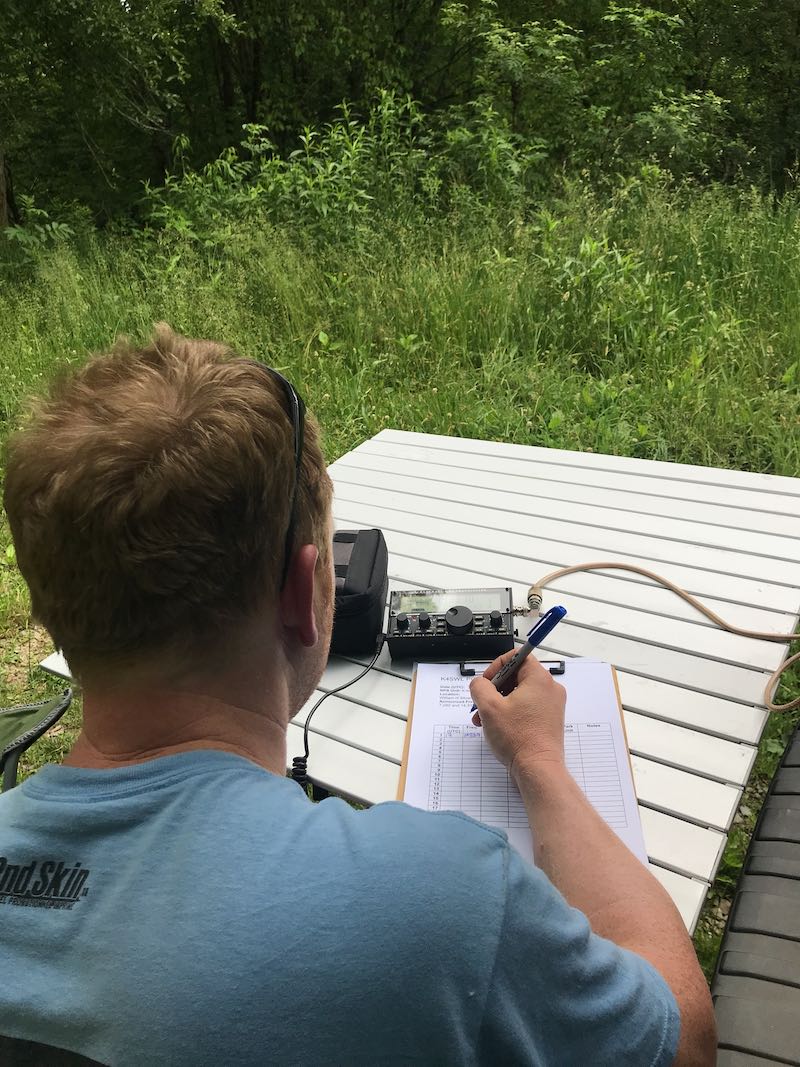 Turns out, 20 meters was pretty unstable, so I worked very few stations. I did work a station in California with 10 watts and a wire, though, so I’ll still call that a success.
Turns out, 20 meters was pretty unstable, so I worked very few stations. I did work a station in California with 10 watts and a wire, though, so I’ll still call that a success.
I plan to visit this same site again later this year–it’s very accessible.
Buffalo Cove State Game Land (K-6886)
Monday morning, even though the weather outlook was dodgy, I scheduled another park activation which, like Saturday’s, was at a state game land which was another ATNO.
I like game lands. Unlike state parks, I don’t have to worry about crowds and I also usually get to take my Subaru or truck off-road. Access roads here in the mountains are typically steep, curvy, and washed-out in places. Finding the site can be very challenging, too. Still, I love adding a little off-road fun to a park activation!
The Buffalo Cove State Game Land is much larger than park K-6967 (above). I drove deep into the lands and found a large parking and camping area for hunters. I had the whole place to myself, so I found the best tree to support my end-fed antenna.
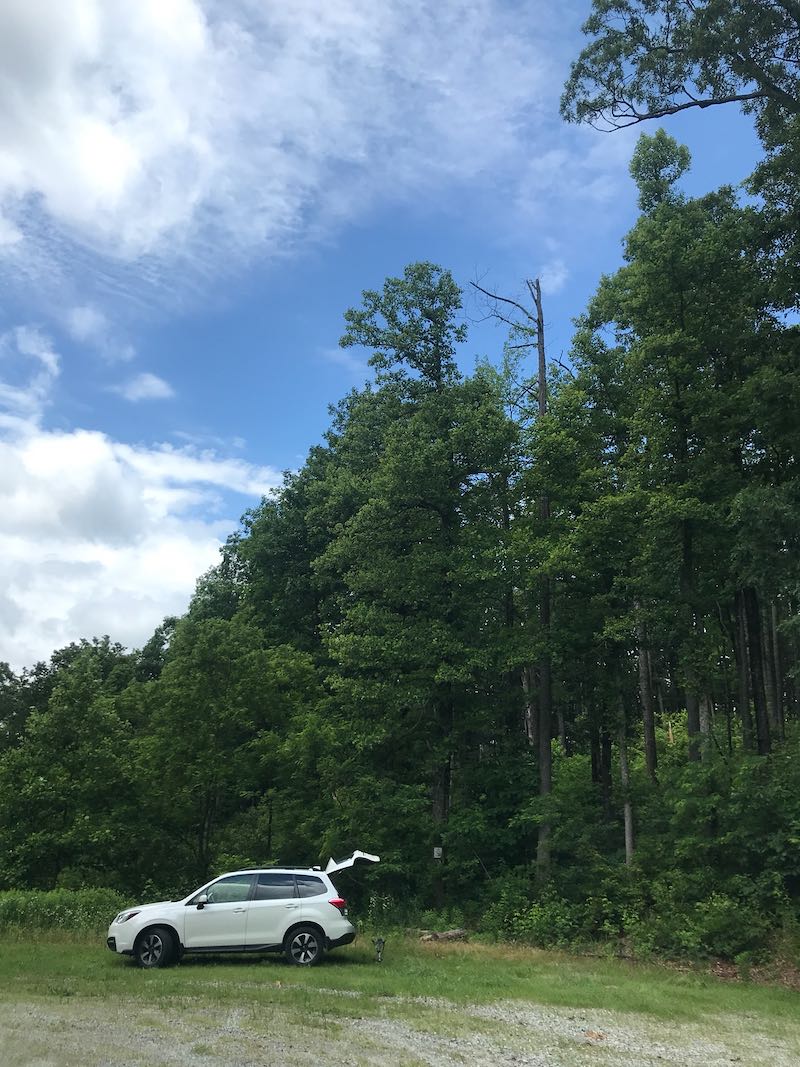 I operated the KX2 exclusively on this activation because I wanted to use its voice keyer and my Heil headset for hands-free VOX operation.
I operated the KX2 exclusively on this activation because I wanted to use its voice keyer and my Heil headset for hands-free VOX operation.
In the course of 90 minutes, I worked 51 stations from the trunk/boot of my car.
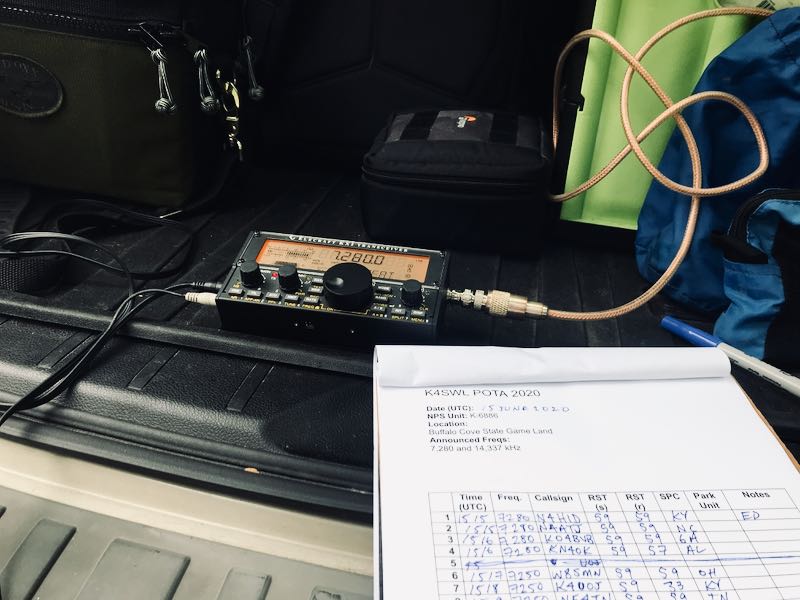 Many thanks to my good friend Mike (K8RAT) who made the whole process much smoother by spotting me on the POTA site.
Many thanks to my good friend Mike (K8RAT) who made the whole process much smoother by spotting me on the POTA site.
Band conditions were actually pretty rough today, so I was very pleased with the results and intend to return here for a weekend activation later this year as well. This would actually be an ideal location for making low-noise portable SDR recordings while camping overnight.
This weekend, I decided I want to increase my portable field antenna arsenal. More about that in a future post!
Do you enjoy the SWLing Post?
Please consider supporting us via Patreon or our Coffee Fund!
Your support makes articles like this one possible. Thank you!

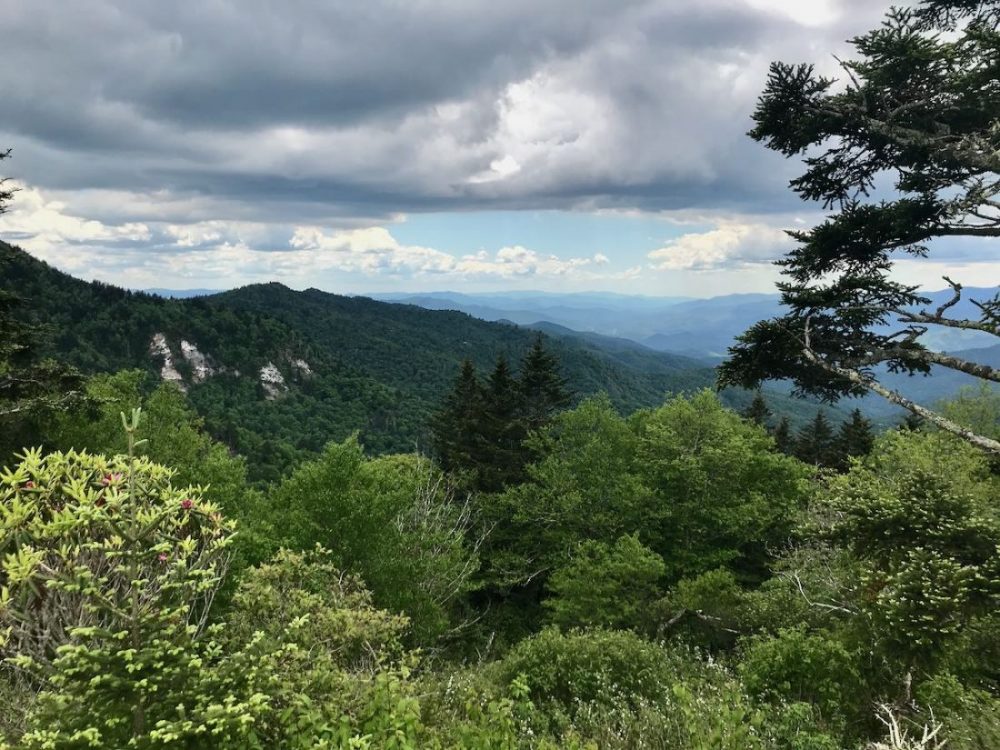
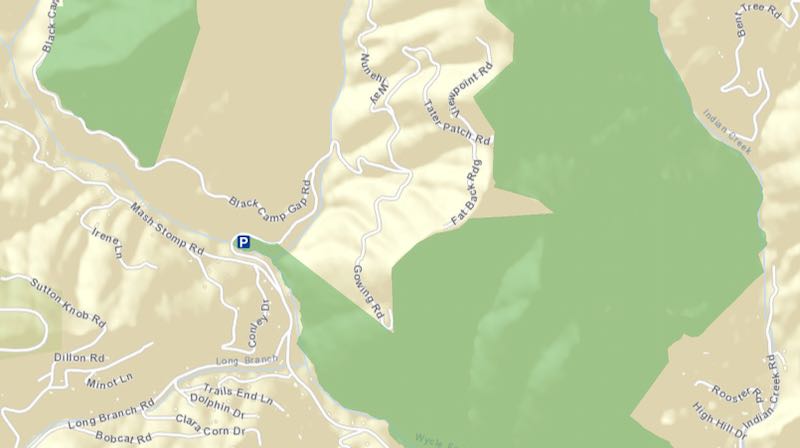

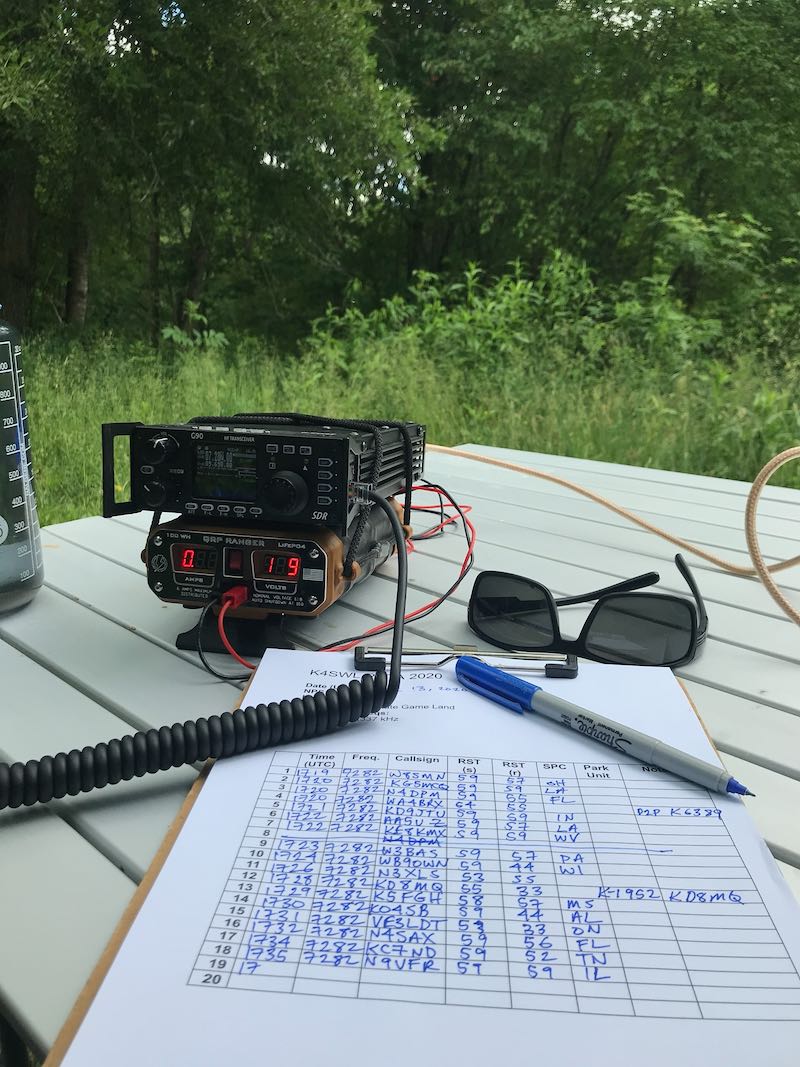
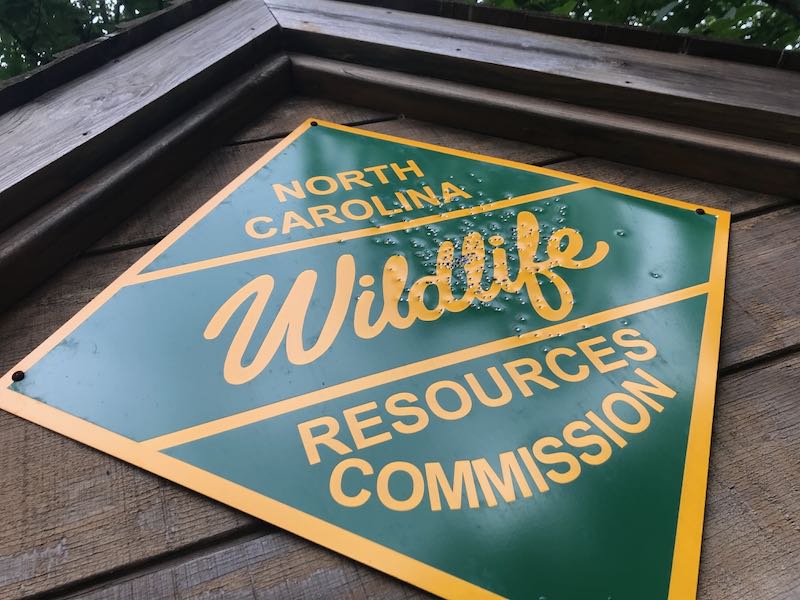
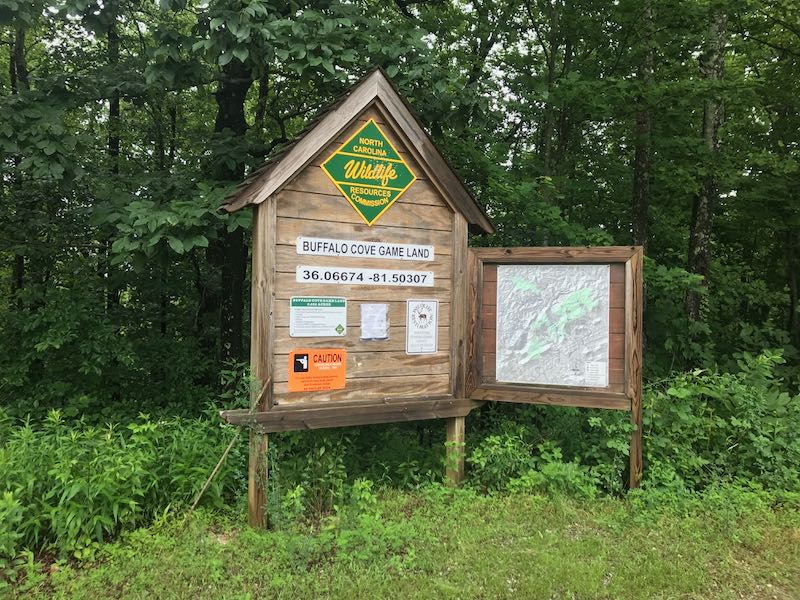
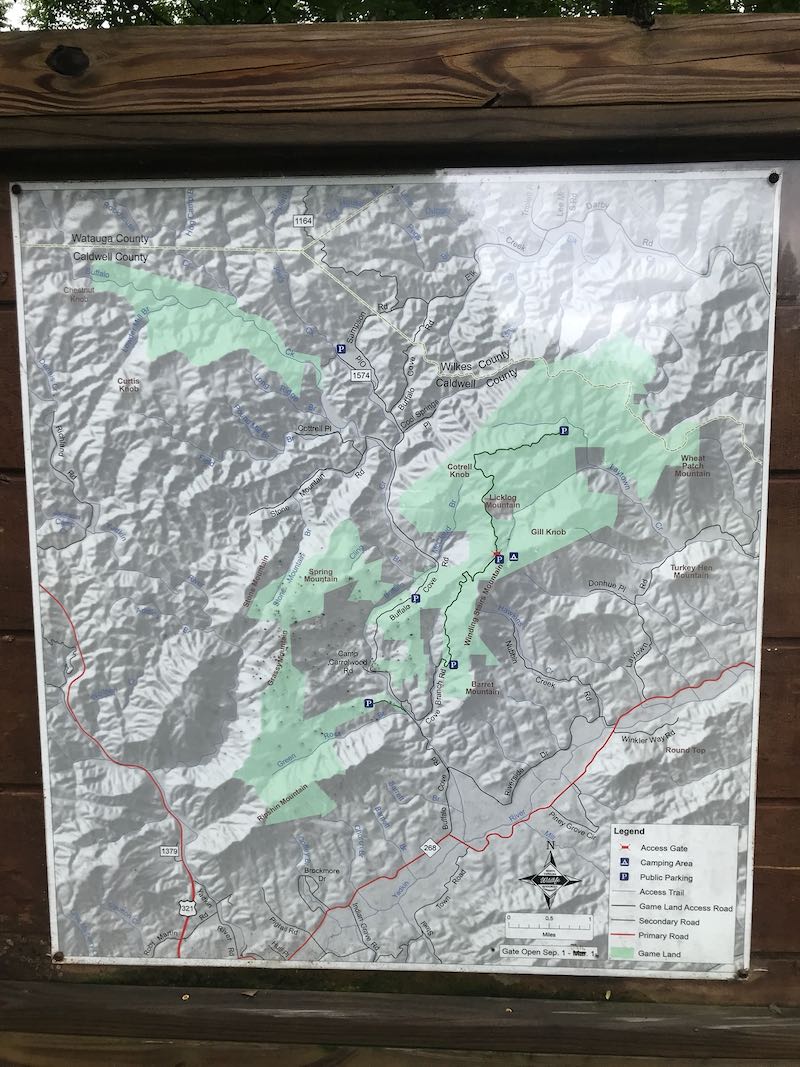

I hope you found a “quick deploy” antenna covering the desired bands and also hope you considered the idea of having an optional rx only antenna
Waiting to read what you’ll come out with 🙂
Oh yeah–I’m on the hunt! I’ll be exploring a number of antenna options for sure.
Tom,
Just wanted to thank you for publishing field reports like this. I’ve been putting together my own field station for both SWL DXing and Parks On The Air now that I’ve got the General ticket. Your posts have inspired me to move that project along even further!
Quick question: can you point me to the end-fed wire antenna you’re using? That sounds like something I should keep in the go bag.
Thanks and 73,
Nick
Hi, Nick,
Glad you’re putting together a field kit! You won’t regret it: radios love being outdoors!
So the end-fed antenna I use is the Par EFT Trail-Friendly antenna. Mine was purchased from LnR Precision, but they recently sold their antenna line to Vibroplex (another excellent company). Here’s a link:
http://vibroplex.com/contents/en-us/p3410.html
The EFT has been an amazing antenna. I’m pushing about 110 individual field activations with it.
It’s important to note that this antenna is really designed for QRP (low power) operations, so can only handle about 25 watts out. If you’re using a 100 watt radio, you would have to remember to crank down the power setting.
There are SO many field antennas out there to try–I’ve built quite a few myself. What I love about the EFT is that it’s so easy to deploy: only one wire into a tree. Hard to beat.
I am looking to expand my field antenna kit and plan to post some ideas here, too.
Cheers & 73,
Thomas
K4SWL
Tom, I want to second what Nick said here. Thank you so much for posts like this. I’m 70% SWL and 30% ham radio operator. One of the reasons I love the swling post so much is because your mixture of posts is ideal for me. About a month ago I discovered that parks on the air is in now here in Canada. I love the idea of it. I started researching QRP field radios because I don’t care to lug around my K3…I like it staying here in the shack. Not only did you start posting about the Xiegu G90 that I was researching, but you also posted about using the G90 in the field for POTA! Like you knew what I was up to. Hi hi! Even thinking about the KX2 because I do love my K3 so much. Oh the decisions!
Anyway, I’m a long-time reader, first time caller as they say. Just want to thank you for all you do here. Your enthusiasm is infectious. (and costly!) Hi hi hi!
Hi, Rick,
I’m so glad to hear the SWLing Post strikes the right chord with you!
Ah, to decide between the G90 and the KX2. That’s actually a tough one. Personally (you may have guessed this) I would splurge for the KX2. It’s such an ideal field radio and so incredibly capable. I mean, you can even send PSK-31 with the thing directly–it translates your CW into a digi mode!
Plus, since you’re already in the Elecraft “ecosystem” operation will feel second nature.
If you want to keep the budget tight, though, because you want to dip a toe into the world of POTA before jumping in whole-hog, then the G90 is a solid budget rig. Very, very little to complain about.
Sorry for being such an enabler!
Cheers,
Thomas
Hi Thomas,
I’ve been using an end-fed antenna for several years at home and on vacation. I use the one made by the Hawaii Emergency Amateur Radio Club (EARC). It’s nicely made and only costs $56 shipped.
http://www.earchi.org/proj_homebrew.html
You can either buy their premade antenna or make your own using their directions:
I bought several of the pre-made units. They work great with a tuner and are easy to set up in the field. I ended up replacing the wire with 18 gauge speaker wire and increased the length of about 60 feet and can work 80-6 meters with it. And it can handle 100 watts, which is nice for a home station.
73
Bill
WD9EQD
Smithville, NJ